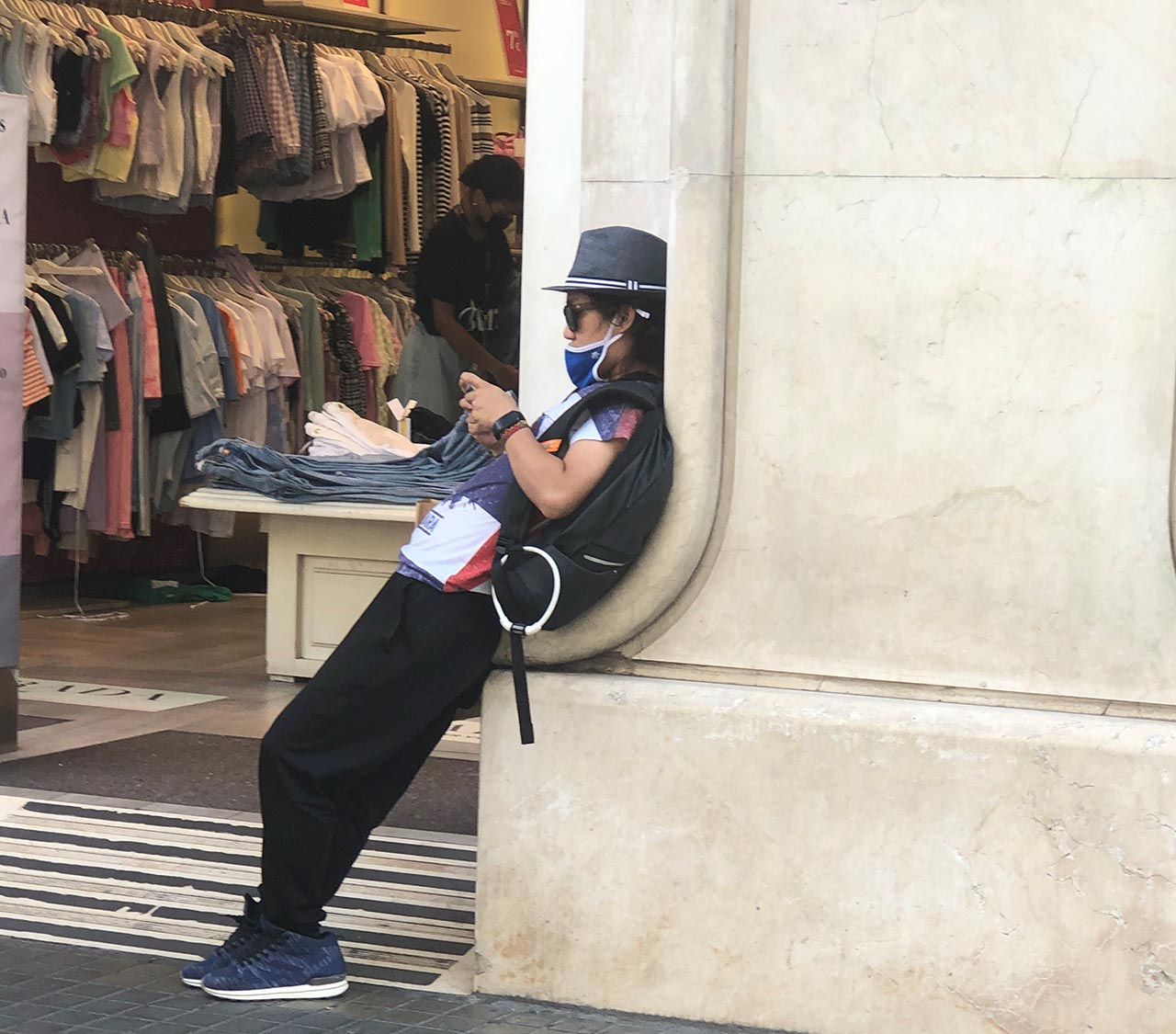
- Posted at 24/07/2021
- in News
Starting from the question "whose city is it?", the colonization of the city by advertising and the minimalist mood of the professional designer of urban space is pointed out.
Accepting that public space belongs to the citizen, Albert Gassull recalls Antonio Bustamante's definition of Ergonomics, in 1995: a discipline that deals with the adaptation of the habitable environment to the inhabitant of the environment.

Albert reminds us architects that we design for las people, as the ultimate goal of our work has always been to create a means to improve the lives of human ser . From the point of view of urban space, Albert calls for conditioning design to the well-being of the user, prioritizing that well-being, and recalls how much las two disciplines have in common: Ergonomics and Accessibility.
The discussion of Corbusier, who recovers the idea of man as a measure of everything and applies his Modulor to the sizing of furniture, serves to present a vision of Gaudí as a designer of objects of different sizes, such as the bench-square in Park Güell, to which qualities of much m ergonomic erection are discovered that can only ser the consequence of a brilliant man who shuffles his knowledge of this tica with what he learned by attending cadaver dissection sessions.
To make it easier for citizens to appropriate urban space, it is proposed to formalize an intermediate position, neither sitting nor standing: "hanging". With este neologism we intend to name the posture of someone who leans on a lamppost, a wall or the bar of a bus seeking, unconsciously, to relieve the pressure that, in the spine, squeezes las vertebrae m ace of what his body would like. And he says it, discreetly, "retreating".
Accepting that public space belongs to the citizen, Albert Gassull recalls Antonio Bustamante's definition of Ergonomics, in 1995: a discipline that deals with the adaptation of the habitable environment to the inhabitant of the environment.

Albert reminds us architects that we design for las people, as the ultimate goal of our work has always been to create a means to improve the lives of human ser . From the point of view of urban space, Albert calls for conditioning design to the well-being of the user, prioritizing that well-being, and recalls how much las two disciplines have in common: Ergonomics and Accessibility.
The discussion of Corbusier, who recovers the idea of man as a measure of everything and applies his Modulor to the sizing of furniture, serves to present a vision of Gaudí as a designer of objects of different sizes, such as the bench-square in Park Güell, to which qualities of much m ergonomic erection are discovered that can only ser the consequence of a brilliant man who shuffles his knowledge of this tica with what he learned by attending cadaver dissection sessions.
To make it easier for citizens to appropriate urban space, it is proposed to formalize an intermediate position, neither sitting nor standing: "hanging". With este neologism we intend to name the posture of someone who leans on a lamppost, a wall or the bar of a bus seeking, unconsciously, to relieve the pressure that, in the spine, squeezes las vertebrae m ace of what his body would like. And he says it, discreetly, "retreating".





